Editor’s Note: This blog series discusses select case studies, and what makes them interesting, that have been chosen for preliminary research by the Millions Learning project at the Brookings Center for Universal Education.
Seven months ago, as part of the Millions Learning project, we wrote a blog asking for help in identifying examples from around the world where learning had improved among large numbers of children and young people. We asked people to submit case studies, and we conducted our own investigation and outreach as well. The idea was to draw from these cases some of the factors underlying the success stories in large-scale gains in learning. We also wanted to understand what challenges had been met, with the intention to help inform future efforts to scale education.
When we called for case studies last summer, we didn’t know if we should expect three or 300 submissions. And of those submissions, we were concerned that few would meet our criteria of demonstrating a measurable improvement in learning outcomes among a significant number of children and youth. We were interested in interventions that went beyond increasing sheer numbers in school, and included those that had evidence of improving literacy, numeracy, social and emotional, work readiness, and other types of cognitive and non-cognitive skills.
We were pleasantly surprised with the results. Over the course of three months, we received more than 75 submissions, and identified over 40 more that met our criteria. Of these 75 submissions, over 15 reached more than one million children; approximately 38 demonstrated improved learning based on an external evaluation; almost all included some kind of costing data (although far from enough) and nine were still going strong after 10 years, with three in existence for over 25 years.
It was extremely difficult to narrow it down, but we have selected a small group of 15 cases for a more in-depth review. At the same time, we won’t limit our analysis to only these cases. We will also be drawing lessons from the larger universe of interventions and other sources of evidence, such as systematic reviews, international and regional assessment data and other scaling-related studies.
We are excited to spend the next few months exploring these 15 cases in greater detail and sharing the findings widely. Our plan, however, is not to quarantine ourselves to our offices for the next few months and emerge at the end with some big conclusions. Rather, part of the process of developing Millions Learning is to involve many partners in the discussion and contribute to a broader conversation around how to best scale up development impact.
With that in mind, over the next few months, we plan to introduce a various selection of some of these interventions—providing a brief overview of the policy or program, describing what it is about the case that makes it compelling, presenting some questions or issues we plan to explore in further detail, and requesting readers’ reactions and thoughts.
A word about these cases. These cases were selected first and foremost as they met our criteria of demonstrating an improvement in learning at scale in a low or middle-income country. Beyond that, we believed that there was an interesting story to tell—some contentious issue addressed, some bold course-correction made in the process of expanding, a new angle or aspect that has yet to be explored. This was all balanced against the desire to identify a range of scaling pathways, types of interventions from early childhood to post-primary programs, as well as diversity in geography and populations reached.
What these cases are not is a “greatest hits” of scaling learning. They are not meant to represent the top 10 best efforts to improve learning. They are not meant to provide any recipe or blueprint to scaling. And as we will discuss, they do not purport to establish causality between the intervention and the results achieved.
But what we do hope is that they will shed some light on the nuances and drivers behind large-scale success in improving learning outcomes, particularly among those most marginalized and difficult to reach. We hope that they will uncover not only the technical design of the interventions that demonstrated learning gains but additionally—and perhaps more importantly—the stories behind their implementation. What made them effective in one location but not in another? What obstacles were confronted that had to be addressed in order to expand? What key decisions, events, or processes led to millions of more children learning valuable skills? And how can all of these lessons inform future efforts around education reform, especially as we look ahead to implementation of the next set of global development goals. We invite you to join this conversation and look forward to your comments.
The Brookings Institution is committed to quality, independence, and impact.
We are supported by a diverse array of funders. In line with our values and policies, each Brookings publication represents the sole views of its author(s).
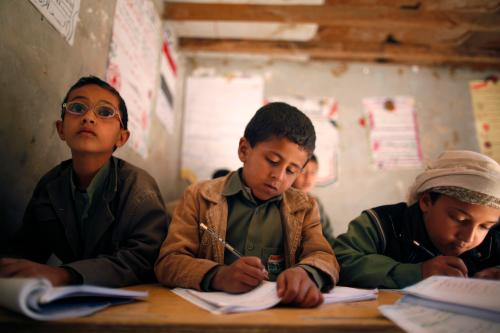
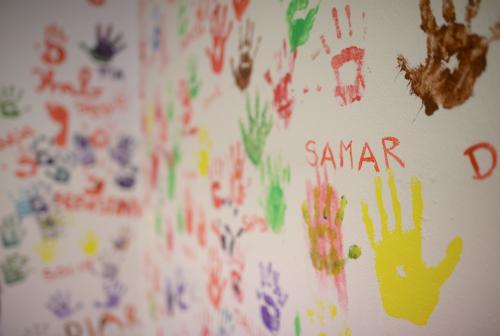

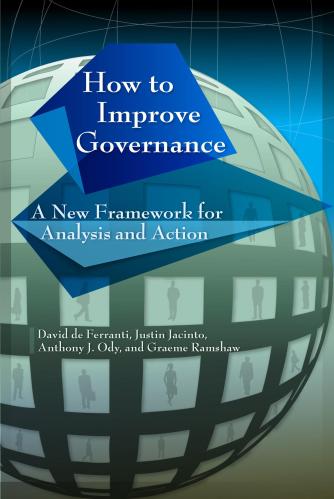


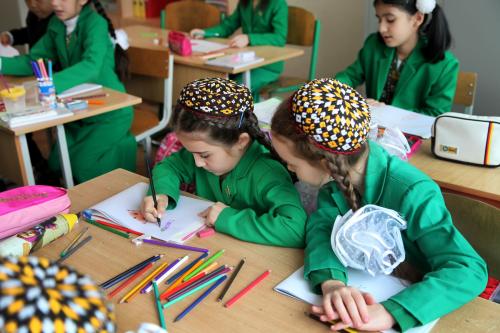
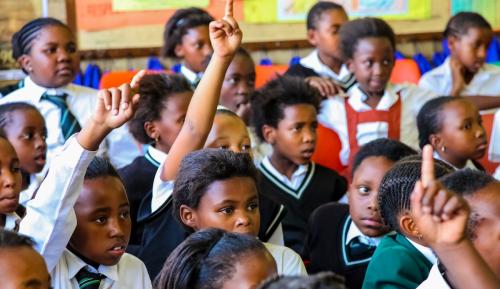

Commentary
Getting millions to learn: Examining some interesting cases
March 4, 2015